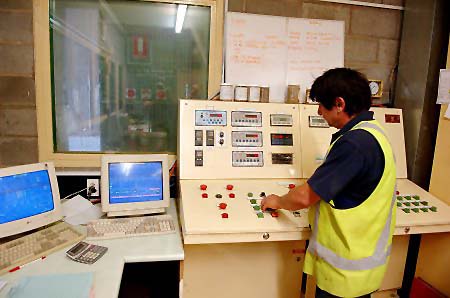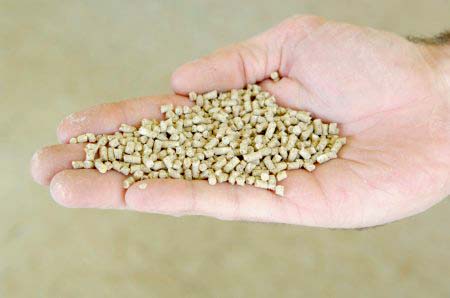Feed Formulation
Feed Formulation
Feed formulation is the process of quantifying the amounts of feed ingredients that need to be combined to form a single uniform mixture (diet) for poultry that supplies all of their nutrient requirements. Since feed accounts for 65-75% of total live production costs for most types of poultry throughout the world, a simple mistake in diet formulation can be extremely expensive for a poultry producer.
Feed formulation requires a thorough understanding of the:
(a) nutrient requirements of the class of poultry (e.g., egg layers, meat chickens or breeders);
(b) feed ingredients in terms of nutrient composition and constraints in terms of nutrition and processing, and
(c) cost and availability of the ingredients.
Most large-scale poultry farmers have their own nutritionists and feed mills, whereas small operations usually depend on consultant nutritionists and commercial feed mills for their feeds. It is therefore essential that formulations are accurate because once feeds are formulated and manufactured, it is often too late to remedy any mistakes or inaccuracies without incurring significant expenses.
Typical formulation
Feed formulation is both a science and an art, requiring knowledge of feed and poultry and some patience and innovation. Typical formulations indicate the amounts of each ingredient that should be included in the diet, and then provide the concentration of nutrients (composition) in the diet. The nutrient composition of the diet will indicate the adequacy of the diet for the particular class of poultry for which it is prepared. It is common to show the energy value in metabolisable energy (kcal or MJ ME/kg feed) and protein content of the diet but comprehensive information on concentrations of mineral elements and digestible amino acids are also provided. Digestible amino acids often include not just the first limiting amino acid, methionine, but also most of the ten essential amino acids. A number of databases are available to provide information on the digestible amino acid contents of various poultry feed ingredients. For example, Evonik AMINODat® is a comprehensive amino acid database in the world, providing digestibility coefficients for amino acids based on over 140 raw materials analyses for pigs and poultry. AMINODat® 5.0 includes analyses of total amino acids, standardized ileal digestible amino acids, standardized ileal digestibility coefficients for essential amino acids, proximates, minerals and energy values for pigs and poultry.
Feed formulation process

Setting the feed formulation Image courtesy of ACMF
Feed formulation often referred to as least cost formulation, is the process of matching the nutrient requirements of a class of animals with the nutrient contents of the available ingredients (raw materials) in an economic manner. As mentioned earlier, this requires an in-depth understanding of the requirements of the animal, nutrient contents including digestibility values, and prices of the ingredients.
With this knowledge, a mathematical formula is used to derive the amounts of each ingredient that need to be included in the diet. When using only a few ingredients, the formulas are simple. However, when there are numerous ingredients available in different amounts and at different costs, more complex formulas are required. There are numerous feed formulation packages readily available today that have functions beyond the simple matching of nutrient requirements with nutrient contents of available ingredients.
Although some feed mills produce test diets for evaluation in the laboratory or in feeding trials to confirm the adequacy of the diet, the most important preparation for an accurate and economic formulation is to test the chemical composition of the ingredients available for use. Most feed mills today have their own quality control (QC) laboratories.
The art of feed formulation

Pelleted poultry feed. Image courtesy of ACMF
Feed formulation requires in-depth knowledge of animal nutrition, particularly the nutrient requirements and the nutrient composition of the ingredients. It also requires nutritionists to know whether using certain proportions of some ingredients will impact on issues such as feed flow through the mill, pellet quality of the diet, response of the diet to feed additives, or gut health of the animal. In some parts of the world, considerations such as the colour, smell and particle size of the feed are viewed as important by the feed buyer, despite that these factors may have little influence on the nutritional quality of the feed. Ultimately, feed formulation is about economics; for some operations, it probably means the best feed conversion efficiency of the animal, whereas for others it perhaps means the least cost per unit of product output.

